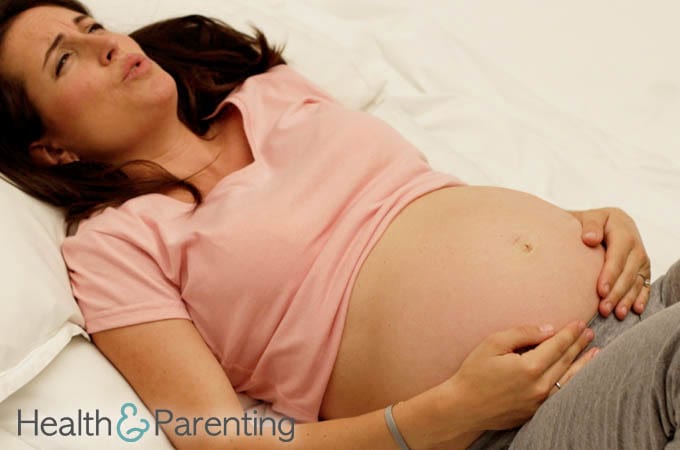Talking about childbirth sometimes seems like a secret code: what are the three stages of labour, anyway?
The first stage of labour
This is usually the longest stage of labour, lasting on average between six and 20 hours for first time mums. If you’ve given birth before, your first stage could be between two and 10 hours, although these are just averages and of course individual labours vary wildly.
During the first stage, your cervix softens and begins to dilate. Your contractions may last between 10 to 40 seconds at first, but this will increase as labour progresses. The first stage of labour officially starts when you are 4cm dilated and experiencing regular, strong contractions.
You should time your contractions to keep track of how regular they are. Going for a short walk, soaking in a warm bath and practising your breathing techniques are all good ways to spend the beginning of labour. Find a position you feel comfortable in, be that kneeling, squatting, leaning, and rock your hips with each contraction.
Your contractions will continue to increase in strength and frequency. Once you think labour is established, you should contact your healthcare provider. Once you arrive at the hospital, your healthcare provider will monitor your baby’s heartbeat from time to time to make sure he isn’t in distress.
By the end of the first stage of labour, your cervix will be fully dilated and you will be ready to push.
The second stage of labour
By this point, your cervix is dilated a full 10cm, and it is time to start bearing down to deliver the baby. Your baby is about to make the journey out of your uterus, through the birth canal and out into the world. The pushing stage of labour can last from just a few minutes up to around two hours. To help you get to the finish line, you could try:
- three short pushes with each contraction, this is said to be more effective than one long push
- an upright position – let gravity do some of the work for you
- bear down – imagine you are trying to push out a very big poo
- exhale – breathe out steadily during each contraction
By the end of the second stage of labour, you will have delivered your baby. When the third stage starts, you should be cuddling your baby on your chest for some skin to skin bonding.
The third stage of labour
Now that your baby has been born, the placenta is no longer needed. During the third stage of labour, you need to deliver the placenta.
When your baby is born, the umbilical cord will still be connected to your baby and to the placenta still in your uterus. Some parents choose to clamp the cord immediately, but others choose to wait for the cord to stop pulsating first. This pulsating is the passage of blood from the umbilical cord to the baby and back again.
Some women choose to deliver the placenta naturally, and others choose to have an injection to speed up the process. This is a personal choice and entirely up to you. Once the cord has been cut, the umbilical cord will be clamped close to your baby’s navel. In time, this will shrivel up and fall off, leaving behind your baby’s beautiful belly button.
Written by Fiona (@Fiona_Peacock), mother, writer and lover of all things baby related.
This information is not intended to replace the advice of a trained medical doctor. Health & Parenting Ltd disclaims any liability for the decisions you make based on this information, which is provided to you on a general information basis only and not as a substitute for personalized medical advice. All contents copyright © Health & Parenting Ltd 2017. All rights reserved.










